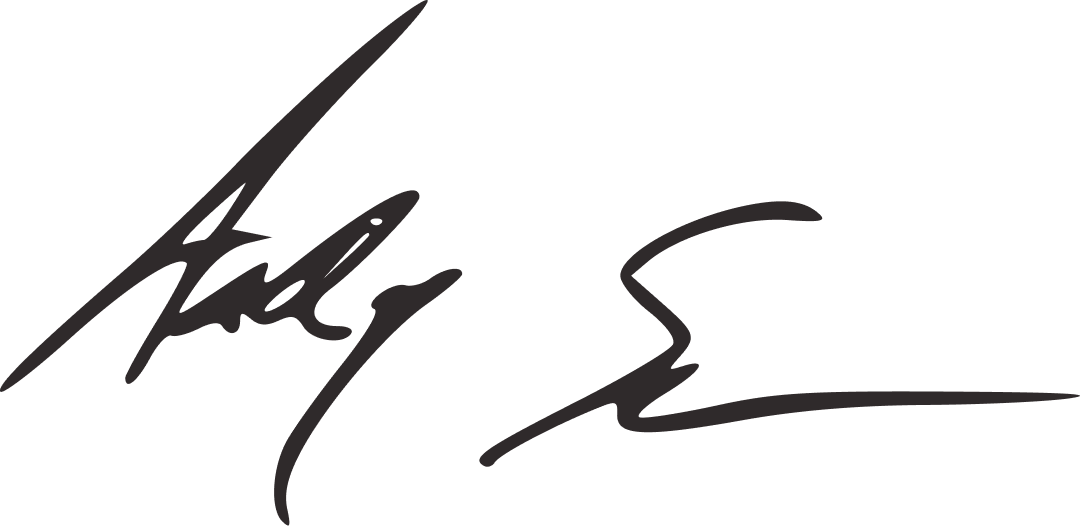| In 2009, amid the stunning backdrop of the French Alps, two innovators sparked an idea that would change the world of running forever. Both passionate adventurers and seasoned runners, Nicolas Mermoud and Jean-Luc Diard knew all too well the exhilarating thrill of pushing boundaries… and the inevitable aches that followed. They were also former higher-ups at Salomon. Mermoud headed up the sporting goods company's design center. Diard had served as CEO. At the time, most people believed that the key to speed was a lightweight shoe — even if it came at the expense of cushioning. But Mermoud and Diard had a radical realization one day as they looked out over the snow-capped vistas surrounding Lake Annecy's aquamarine waters. On the “Venice of the Alps,” they noticed the oversized tires on trail bikes and powder skis. These tools were built to perform on rough terrain. Could the same concept be used to build a better running shoe? Yes: And they proved it with the Hoka One One (pronounced “O-nay, O-nay”). With extra-thick soles that provided shock absorption and encouraged natural running motion, the Hoka One Ones delivered maximum cushioning without sacrificing comfort for less weight. 
Their design stood in stark contrast to the thin-soled shoes that filled the market. Mermoud and Diard had completely reimagined the industry-standard minimalism. They pushed the boundaries. And they felt those familiar “aches” when at first, people dismissed the shoes as too different… Too bold. But in this case, fortune favored the bold… Breaking the Mold Early Hoka acolytes discovered the shoes lessened their fatigue, enabling them to run longer and recover faster. Word spread fast. Professional athletes caught wind and started endorsing the brand. As Hoka shoes gained popularity, the company widened its reach with shoes that catered to road runners, hikers, and fitness enthusiasts too… Earning a loyal fan base that included influential celebrities like Britney Spears and Harry Styles. 
The once-tiny French shoemaker got picked up by Deckers Outdoor Corp. (DECK), the parent company to popular brands like UGG and Teva, in 2013. And today, what began as a daring dream in the French Alps stands as a major player in the global running shoe market. Hoka is now recognized alongside heavyweights like Nike (NKE) and Adidas (ADDYY) on virtually any “best of” running shoe list you can find: ✔ Runner's World named the Hoka Mach 5 one of the “Best Running Shoes of 2023” ✔ Esquire listed the Mach 5 on its “Best Men's Running Shoes of 2023” ✔ Sports Illustrated picked Hoka as one of the “Best Running Shoe Brands for 2023” I could go on and on, but you get the idea. Hoka is a quintessential example of a brand breaking the mold. It produced a product so appealing that consumers are willing to overlook its… cosmetic flaws. The brand once called “clown shoes” went from ugly to endearing. Now, Hoka is on a “runner's high.” That's powerful. But as investors, the real power is in spotting these brands on their way to the top… and understanding exactly where the “top” is. So we wanted to know: Is Hoka powered by enough consumer enthusiasm to keep up its break-neck pace? Or has it reached the "top?" Here's what the data says… Click here to continue reading | 







No comments:
Post a Comment